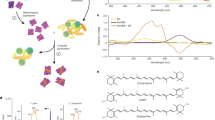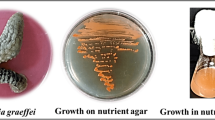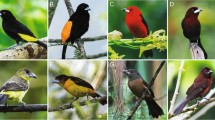Abstract
DURING a chromatographic separation of the carotenoid pigments of the starfish Marthasterias glacialis (L.) from Madeira, it was found that some pigment disappeared during elution, which was necessarily prolonged in order satisfactorily to separate the relatively large number of pigments present in the total carotenoid extract. Several pigments were lost in this way (presumably owing to oxidation on the column), and further, some of the zones were so small as to make it difficult to isolate them by extruding the column.
This is a preview of subscription content, access via your institution
Access options
Subscribe to this journal
Receive 51 print issues and online access
$199.00 per year
only $3.90 per issue
Buy this article
- Purchase on SpringerLink
- Instant access to full article PDF
Prices may be subject to local taxes which are calculated during checkout
Similar content being viewed by others
Author information
Authors and Affiliations
Rights and permissions
About this article
Cite this article
VEVERS, H., MILLOTT, N. Use of Plastic Tubing in Chromatography. Nature 178, 1132 (1956). https://doi.org/10.1038/1781132a0
Issue date:
DOI: https://doi.org/10.1038/1781132a0



